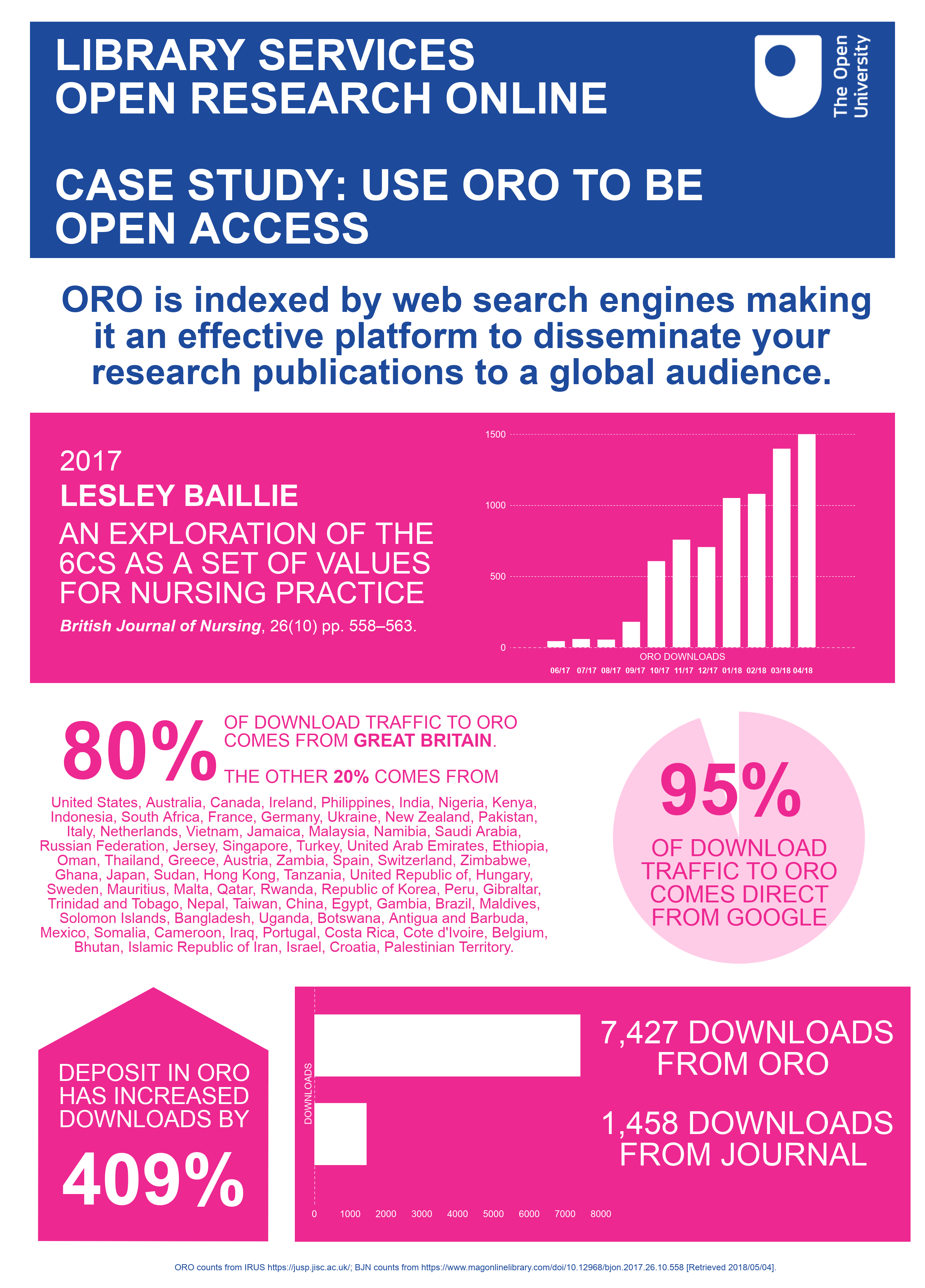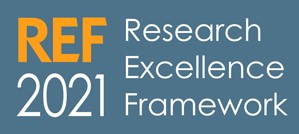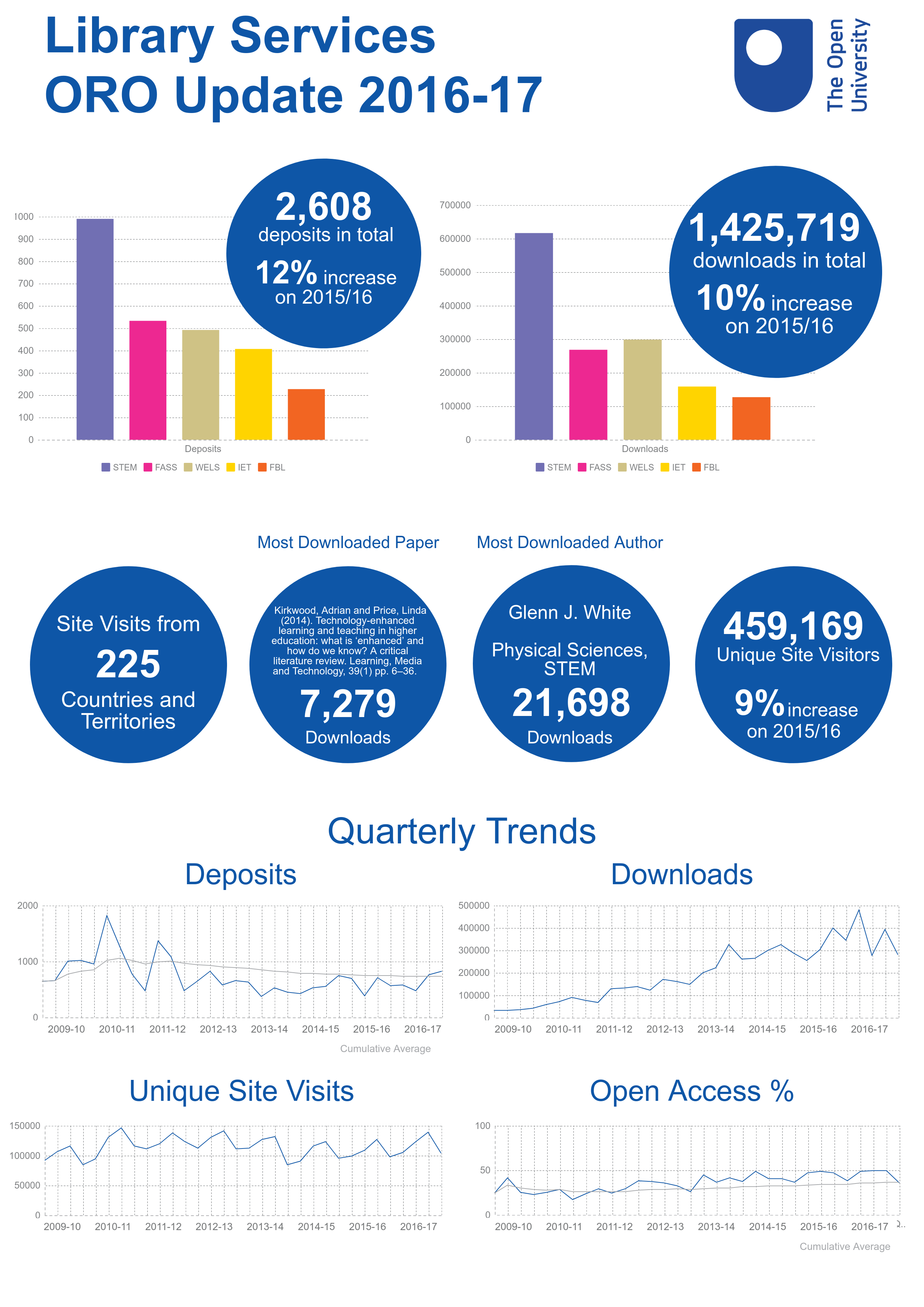 The biggest challenge facing Institutional Repositories like ORO is not meeting the REF Open Access policy, although that is important! Rather it is demonstrating their long term value to the research community they serve. Take the case of the discussion paper authored by Dr Lesley Baillie:
The biggest challenge facing Institutional Repositories like ORO is not meeting the REF Open Access policy, although that is important! Rather it is demonstrating their long term value to the research community they serve. Take the case of the discussion paper authored by Dr Lesley Baillie:
- This paper has been downloaded over 7,000 times by users from over 90 countries and territories since deposit in June 2017.
- Making the paper Open Access in ORO has increased downloads by 409%.(1)
- The version in ORO is not behind a paywall – this increases the readership to professionals and practitioners not affiliated to a university
- When institutional repositories are indexed by Google and Google Scholar they are great platforms to make papers discoverable and accessible on a global scale.
Lesley comments “Certainly I think the open access is undoubtedly enabling healthcare professionals, including nurses, to easily access literature that they wouldn’t otherwise be able to access.”
Deposit in an institutional repository like ORO can be massively beneficial in the dissemination of research papers of the community it serves.
(1) Based on publisher downloads of 1,458 and ORO downloads of 7,427 – data accessed 2018/05/04

 Hi, I’m holding an Open Research Online (ORO) drop in next Wednesday 23rd May from 10-12.
Hi, I’m holding an Open Research Online (ORO) drop in next Wednesday 23rd May from 10-12.






